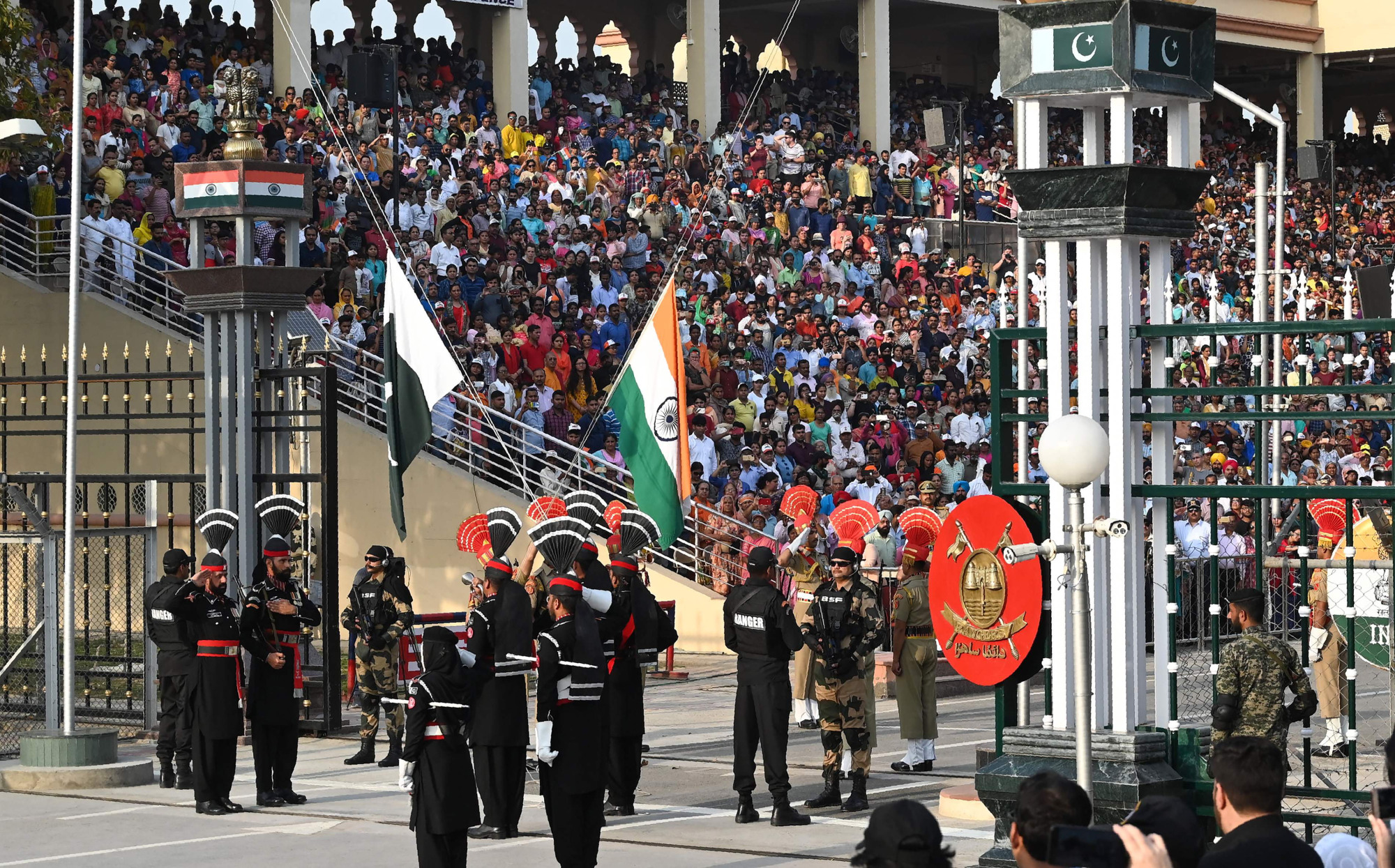For many years, I have argued in these pages that the Indian subcontinent and the Korean Peninsula are among the least unlikely theaters of a nuclear war. The known consequences of a nuclear war mean a deliberate policy decision to go to war is highly unlikely in either theater. But there are different dynamics at play in South and East Asia for an inadvertent nuclear war through an escalation spiral that can be triggered by a minor event, including miscommunication, flawed intelligence, system error or misperception of red lines.
We had a vivid illustration of this in February. Just as the U.S. and North Korean leaders were meeting in Hanoi for their second summit to try to resolve nuclear tensions in one theater, for the first time in history anywhere, nuclear-armed rivals conducted airstrikes and engaged in dogfights in the second theater.
Tensions have eased between India and Pakistan in the month since. However, geographical propinquity, territorial disputes, the toxic cocktail of Pakistan-based jihadist groups that wage hybrid war in India, growing nuclear stockpiles and expanding nuclear platforms, and the rise of militant Hindu nationalism in India mean the crisis will erupt again. The question is when, not if.

















With your current subscription plan you can comment on stories. However, before writing your first comment, please create a display name in the Profile section of your subscriber account page.